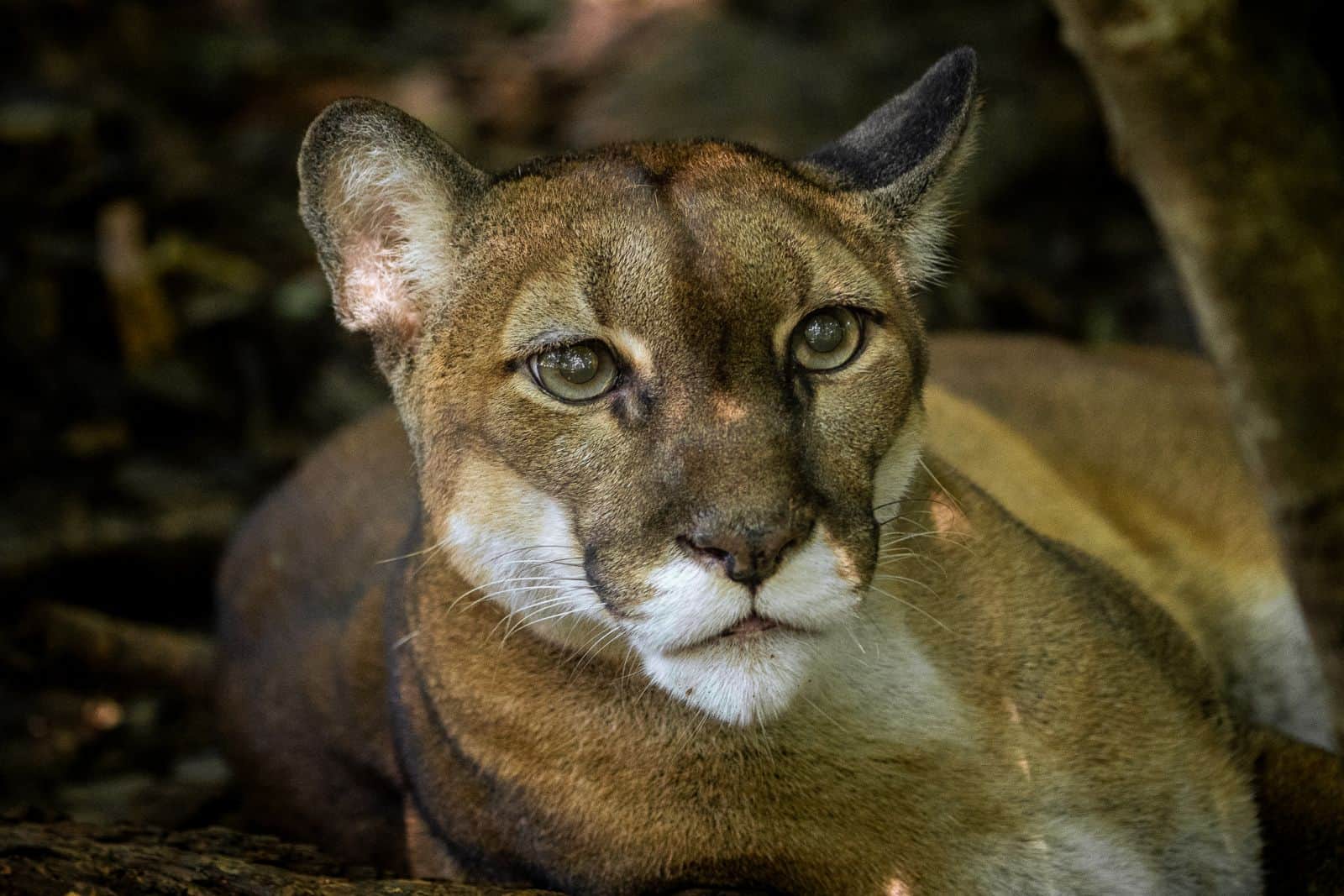Wildlife rehabilitation seems pretty straightforward. A wild animal is in need of some sort of help, you patch it up, and then release it back into the wild, where before it bounds off into the forest, it turns and gives you a knowing look, subtly thanking you for your good deed. And that’s exactly how it works, if you also factor in a ton of knowledge, hard work, expertise in veterinary care and wildlife biology, and a whole lot of cash.
In reality, a successful wildlife rehabilitation program takes an entire team of hardworking professionals and, luckily for wildlife supporters in Costa Rica, that’s exactly what you find at Las Pumas Wildlife Rescue Center. Las Pumas is located just outside of Cañas, Guanacaste. I’ve visited the facility many times over my years in Costa Rica.
Being interested in all thing’s wildlife, I first went to see some of the wild creatures that are nearly impossible to see in their natural environment. As I started working in wildlife rehabilitation, I visited again with a new appreciation of just how hard of a job it is and how well they were doing it. Now that I’m a dad and I’ve successfully tricked one of my sons into also loving wildlife, I get to visit all the time so he and I can ‘ooh’ and ‘ahh’ over the animals there.
Let’s talk about the work they do at Las Pumas and how you can help. Las Pumas is charged with working with two types of wildlife, animals that have the ability to be released back into the natural environment and animals that cannot. The animals that will eventually be able to be released are entered into the rehabilitation center which is necessarily off-limits to the public. They receive somewhere between 350 and 400 animals of over 80 different species every single year.
When an animal arrives, either by government official or private individual, the goal is always to rehabilitate the animal and release it back to the natural environment. Sometimes that involves veterinary care, other times it’s a young animal that needs to mature in captivity.

No matter what the situation is, it’s important that this work is done with as little human interaction as possible so as to avoid habituation. Some of the animals received at the center have a medical issue or maybe have been habituated to the presence of humans to the point where releasing them into the wild is impossible. It’s a bit of a bummer that these animals can’t be released, but the good news is that they can be housed in large enclosures and be viewed by members of the general public like my son and me.
As you may imagine, running these programs costs a pretty penny. Las Pumas only receives about two percent of the over $300,000 that it takes to run the facility every year from the government. Most of the budget is covered by donations made by private individuals and companies and the small fee visitors pay when they visit the sanctuary. So the best way to support Las Pumas is to donate and visit.
My son just turned seven the other day and to celebrate we skipped school and had a ‘dude day’ at Las Pumas. He laughed at the monkeys, squealed with joy at the size of the turtles, stood just feet away and watched a puma casually groom itself, and locked eyes with a stunning jaguar perched above him on a wooden platform. We had a great day and in doing so supported great work. I highly suggest you do the same. You won’t regret it.
About the Author
Vincent Losasso, founder of Guanacaste Wildlife Monitoring, is a biologist who works with camera traps throughout Costa Rica. Learn more about his projects on facebook or instagram. You can also email him at: vincent@guanacastewildlifemonitoring.com






